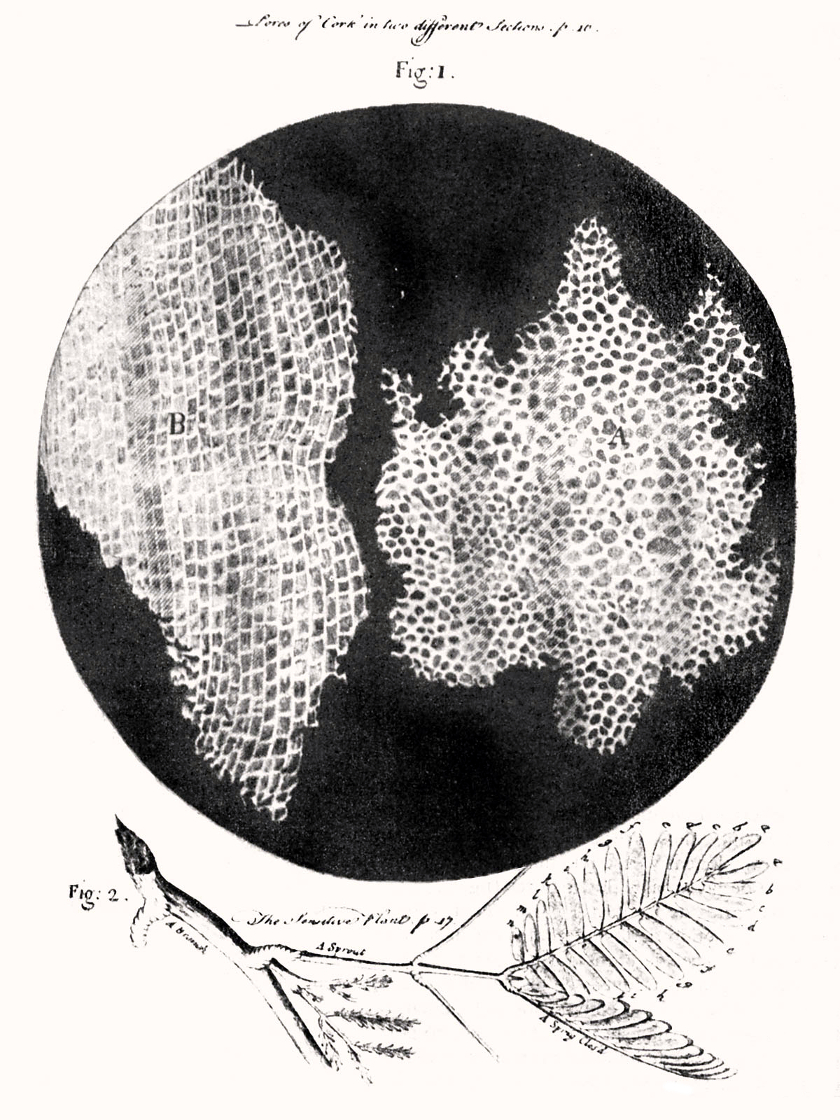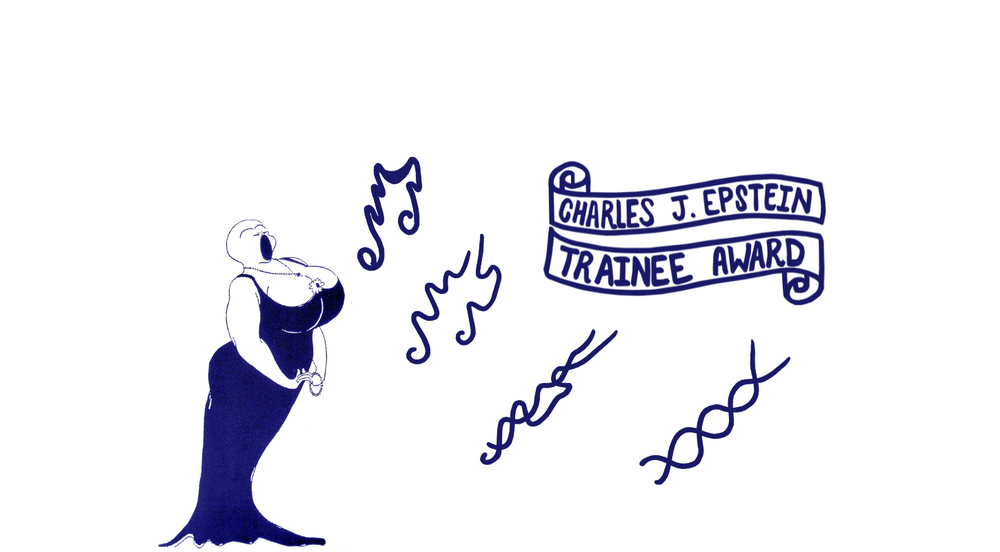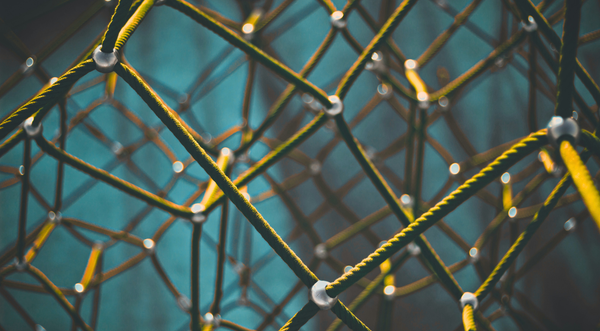Q&A with Eddie Cano-Gámez, winner of the 2020 Charles J. Epstein Trainee Award
What does a bald soprano have to do with genetics?
If you’re Eddie Cano-Gámez, Eugene Ionesco’s absurdist play, The Bald Soprano (La Cantatrice Chauve), teaches you everything you need to know about gene regulation. And as a PhD student in immune genomics, working with Gosia Trynka, Eddie spends a lot of time thinking about gene regulation.
During the plenary session of the 70th Annual Meeting of the American Society of Human Genetics, he presented his research on how “Single-cell transcriptomics of a CD4+ T cell activation time-course reveals dynamic eQTLs as mechanisms in immune disease”.
For this work, he was awarded the 2020 Charles J. Epstein Award for Excellence in Human Genetics Research.
We caught up with Eddie to learn a little more about him and the work he carried out.
Congratulations on receiving this award! Can you tell me more about the research that you presented at the plenary session?
Thank you very much! The research I presented aims to better understand the function of T cells. T cells are a fascinating cell type: they are able to detect the presence of specific pathogens and, in response to them, undergo a process called “activation”. What we mean with T cell activation is that the T cell begins to grow, multiply, and talk to other cells so as to mobilize them and instruct them on what they need to do to respond to an infection.
In this study we used single-cell technologies to build a detailed map of how T cells activate. These technologies are unprecedented because they allow us to zoom into each individual cell and understand what it is doing. We are using these technologies to create a time lapse of T cell activation, where we are able to assess which genes are turned ON or OFF in each cell at different moments in time. The idea is to understand if this process could be affected or dysfunctional in patients suffering from autoimmunity.
Why are you interested in this particular topic?
I find the immune system fascinating because it is so adaptable. When someone is born, their immune systems are ‘naive’: they do not know what kinds of viruses or bacteria they will encounter throughout life. And yet, the body is able to rapidly learn to defend itself and to remember previous invaders.
This is a great example of how something pre-built in our biology and our DNA, the immune system, can be shaped and moulded by the environment in which we live. I want to understand that: how we are built and how our bodies adapt to a changing world. Studying this at the level of individual cells and understanding how each of them responds to its environment based on its genetic makeup is only really possible now, with the advent of single-cell technologies and large-scale genomics.
What are some of the main challenges in the field?
There are many challenges, but the one that comes to mind is understanding the function of genes. Genomics is great at finding genes involved in disease: about 3000 of them are associated with autoimmunity alone. But we don’t know what each of them does and there are simply too many of them to study. Currently there is no straightforward way of answering this question other than looking at each gene individually and designing the best experiment for it. This is obviously unfeasible in the long run because we are talking about thousands of genes in potentially hundreds of cells and contexts: it would take decades to complete. We need to find a way of doing this at high throughput. It is clear to me that gene editing will play a key role in this process, but even this is not enough and we will need to come up with very clever approaches if we are to solve this.

Image credit: Eddie Cano-Gámez
How has the lockdown affected you?
Being a computational researcher, I was one of the lucky ones whose experiments didn’t get stopped. However, working under a lockdown has not been easy. Isolation is one very significant challenge, but perhaps the worst part of it has been the uncertainty: not knowing when normal life will resume, not seeing my family for over a year, not being able to discuss my research with other students in the institute, not seeing friends, and at some point of the pandemic not even having a room of my own.
Some days it is hard to feel motivated to do any work at all because it all seems to require this huge amount of energy which I am not sure I have. Perhaps that is why receiving this award was so gratifying. Almost all of the work I presented at this conference was completed under lockdown, and the award made me feel that in the end it was worth it.
What is the funniest or most memorable thing that has happened to you while working in science?
You know you’ve been doing science for too long when you refer to the ingredients in your fridge as “stocks” from which you take “aliquots”. It was very funny to realise that apparently everyone here does that and not just me.
In your blog, Episcientific, you explore scientific concepts using everything from impressionism to absurdism. How do you think scientists benefit from exploring fields outside of STEM?
People often think of STEM as being “objective”, and thus different from the arts or humanities. But science is not necessarily objective: it is as socially constructed as anything else. Consider, for example, that for a long time humans believed that babies grew from a fully developed yet tiny human contained in each sperm (a homunculus) and that all women's bodies did was provide a suitable environment for this being to grow. This idea survived even after the advent of the microscope. Perhaps people couldn’t escape their preconceived notion that it must be the man who transmits life. Or consider the fact that homosexuality was until quite recently listed in the Diagnostic and Statistical Manual of Mental Disorders, perhaps because of the preconceived notions of psychiatrists doing research at the time. Finally, think about the fact that even the word cell was coined by Robert Hooke because he observed something that resembled a “small room”. Was this perhaps a room he had seen before? How would we call cells today if he had not come up with this association?

Hooke's drawing of cells in cork, Robert Hooke, Micrographia, 1665, Public Domain
What we conclude from the evidence that is presented to us is hugely influenced by our previous experiences and perceptions, whether we are aware of it or not. Sometimes this is irrelevant and quirky (like with the word cell), sometimes it has a hugely detrimental impact in others. So to me exploring fields out of STEM is a way of challenging my preconceptions and asking myself: are the things that I take for granted really true? I see this as a necessity rather than a luxury.
If you’re interested in learning more about Eddie’s work, check out his ORCID profile and his recent publication in Nature Communications on T cells and cytokines. You can also read more of his writing on his blog.
Header image made using a theatre poster of The Bald Soprano which is in the public domain (from Von Fewskulchor - eigenes Bild, CC-by-sa 3.0/de).




